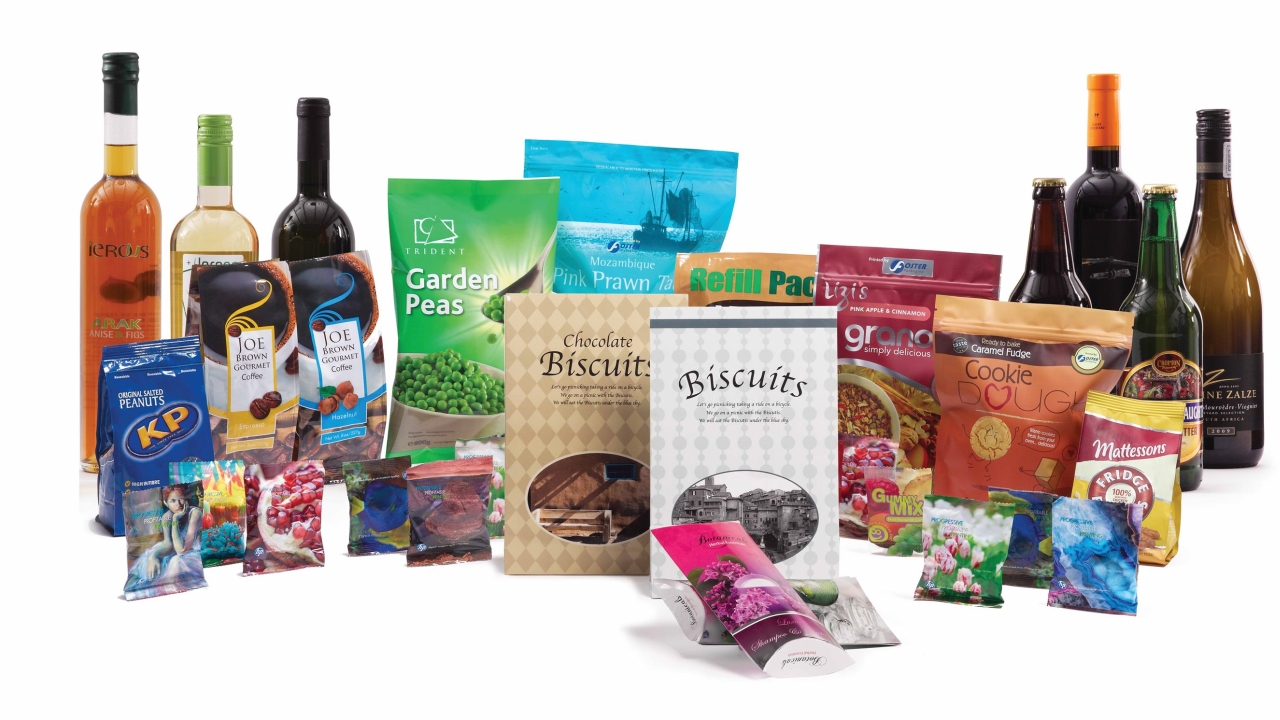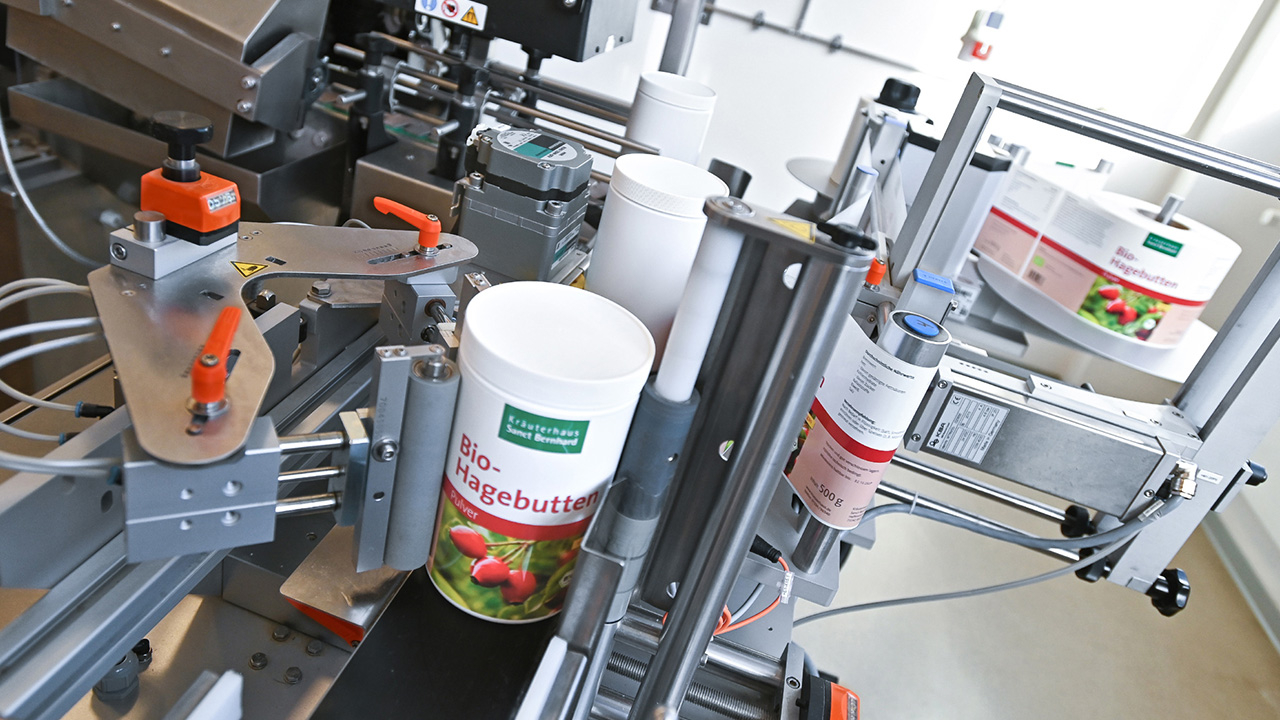Answering the demands for new and now

How can digital allow package printers and converters to respond to today’s market pressures?
HP Indigo’s Yael Barak, Eyal Amit and Eshchar Ben-Shitrit discuss how package printers and converters can use digital printing to respond to today’s market pressures.
With the combined demands of consumers and brands, converters across the label, flexible packaging and folding carton segments are facing serious challenges to their traditional business models.
There are a number of factors that are common across these segments, but each has its specific issues, too.
Common challenges
Issues arising from shorter runs and faster turnaround times have been widely discussed for a number of years, but they remain at the heart of the problems faced by converters, whether their whole printing equipment is flexo, gravure or offset litho.
‘Short-run jobs are not new to converters,’ says Yael Barak, labels segment manger in the Strategic Marketing business unit of HP’s Indigo division. ‘They used to be relatively infrequent and accommodated as a courtesy to major customers who kept the presses running with long-run jobs. Declining to carry out such short-run jobs could jeopardise the whole customer relationship.’
Today, shorter runs are much more frequent, and no longer balanced by the very long-run jobs that made them commercially acceptable. In many cases, short-run jobs are becoming the norm.
Eyal Amit, Barak’s equivalent for the flexible packaging market at HP Indigo, sees two main factors for the shift towards shorter run lengths. ‘First, shorter distribution chains and just-in-time deliveries require smaller quantities of stock printed and delivered more frequently. Brand owners see these breaks in production as opportunities to refresh packaging.
‘For the converter, this results in increased expenditure in producing new plates for the next short-run, and waiting for the new designs can put pressure on time and scheduling.
‘The second reason for the rise in short runs is the proliferation of SKUs. This goes beyond merely refreshing a brand, and involves the creation of a new product variant, or even sub-brand. Brands and customers are responding to the “new” and “now” with these new products which can be based on season, region and special occasions, like major sporting events or concerts.’
This rise in the number of SKUs also means that product lifecycles are shorter. Flexographic converters have been particularly impacted by these trends. For them, the balance between the time necessary for make-ready and set-up, and run length becomes unfavourable and erodes profitability.
For many, digital printing has proved the answer to these challenges. But there still remains the question of achieving reliable colour matching, especially for brand colours.
‘The ability to match brand colours, without changing press colour configurations, is a significant consideration when moving work to digital,’ says Amit. ‘What’s more, the ability to win work from big brands depends in part on colour matching too, and is therefore critical to converters.’
Changing the market dynamic
In addition to relieving the above conditions, it is necessary that a comprehensive digital solution for converters also addresses the specific requirements of label, flexible packaging and folding carton segments.
’For example, there is a growing requirement for high-quality, higher value graphics on shrink sleeves; where the priority had previously been to make containers tamper-evident, they are now more decorative,’ Amit continues. ‘The digital option should also be able to address the broad range of labels used today, with the ability to print in-mold, glue-applied and multi-page labels as well as standard self-adhesive labels. This requirement demands an ability to handle a wide range of substrates and caliper while ensuring print quality on all of them.’
Flexible packaging converters also need the ability to print on a wide range of media, including PE, PET, PVC, metallized and biodegradable films and paper. Moreover, for a digital printing system to be acceptable for flexible packaging applications it cannot use too much heat or the substrates could suffer distortion.
Another key factor that affects converters of labels, flexible packaging and folding cartons is that digitally printed products must integrate with those conventionally printed.
In the folding carton segment, SKUs are multiplying much like other areas of the packaging industry. However, for folding carton converters, there is the added complexity of different types of pack requiring vastly different run lengths.
‘Pharmaceutical cartons can be required in vastly different run lengths, with mass-market drugs and remedies produced in the millions, and specialist drugs required only in the low thousands,” says Eshchar Ben-Shitrit, folding carton segment manager in the Strategic Marketing unit of HP Indigo.
Short-run colur is also a critical, value adding, factor in cartons for personal care products, like hair coloring and cosmetics. Dozens of shades, multiple languages, distinctive branding and short runs characterise these markets.
Digital printing presents a genuine option to tackle such an issue, says Ben-Shitrit. ‘There are few folding carton converters who don’t have in the backs of their minds the realization that one day they will have to add digital printing to their capabilities.
‘The huge demand for customer-engaging, high-value, value-added pages that both stimulate response and differentiate brands can only be met digitally.’
For smaller folding carton converters who are competing alongside bigger operations, digital printing offers a way of differentiating themselves with the ability to do new and different things and add value and versatility. Personal care, cosmetics, pharmaceutical markets and the growing market for high-end confectionery are sectors where digital printing is playing an important role for both brand owners and converters.
The labels, flexible packaging and folding carton sectors remain dynamic growth areas of the market. Brands are actively seeking new ways of engaging with their customers through traditional and new media, and the variable data capabilities, high print quality and cost-effective short runs make digital printing an attractive – and, very possibly, necessary – proposition.
HP Indigo is to showcase its full portfolio of digital presses, including the new HP Indigo 20000 and 30000 Digital Presses for flexible packaging and folding carton, at Labelexpo Europe, running September 24-27. Also present in the Print Your Future area will be systems and options from HP finishing and media partners. Further, a program of workshops will supplement stand demonstrations.
Read more features from Packprint World here
Stay up to date
Subscribe to the free Label News newsletter and receive the latest content every week. We'll never share your email address.

